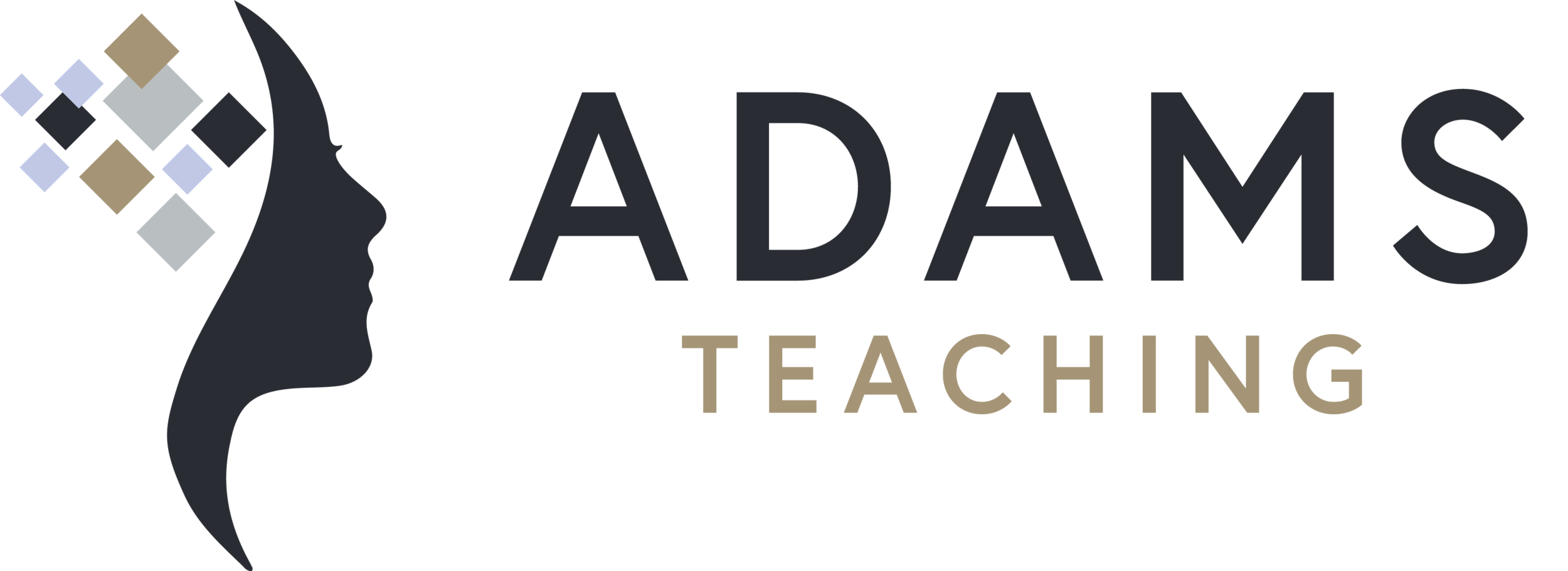What is "Close" Reading?
Close reading is the idea that students will re-read certain texts in order to develop a deeper understanding of the layers of meaning embedded within. Not all texts should be read in this manner, if a student can read and clearly understand a text during an initial reading, then the text is probably too simplistic to use for a close read.
However, many texts are worthy of close reading, and for these complex and rigorous texts, consider the following three-step process:
1. First, read the text in its entirety to get the feel and sentiment of it.
Ask students to complete a simple re-telling (first-then-finally) after the first reading, to identify their initial impressions of the beginning, middle, and end.
2. Next, read the text again to analyze the author's words and devices to gain deeper understanding.
Annotate (add comments and questions in the margins) to study the deeper meaning. The following questions address both literal and inferential meaning as well as the writer’s craft, structure, and integration of ideas; these general questions can guide analysis during the second reading:
*Is the text formal or informal-how do you know?
*What literary devices does the author use?
*What mood does the author create?
*What genre is the text (persuasive, summary, cause & effect, etc.)?
*Why does the author write a six-word sentence next to a twenty-five word sentence?
*Can you define 2-4 of the unfamiliar words?
*Is anything being compared or contrasted?
3. Read the text a third and final time and analyze 2-4 of the following:
*What claim is the author making?
*What evidence does the author provide to prove the claim?
*What is a picture or symbol you could sketch to summarize the main idea?
*How is this text similar or different than others you have read?
*Did the author omit anything that would have helped the reader better understand the text?
Tips to Incorporate Close Reading Across the Content Areas
*To introduce and model close reading, the teacher may choose to initially read the text aloud to students and then guide students through the process using the different questions for each re-reading.
*Students can work in pairs or small groups to practice close reading, though the ultimate goal is for students to internalize this skill set and use it independently.
*Keep the texts short, less than one page or so, and utilize both fiction and non-fiction passages. Poems, auto/biographical excerpts, lyrics, primary source documents, novel exerpts and speeches are excellent for close readings.
*Although front-loading is one of the most effective ways to build background knowledge and engage students in a lesson, consider not front-loading the text before this type of reading, as this process is focused on the reader gaining as much knowledge as possible from the re-readings, not from the discussion beforehand. In addition, the goal of this method is to develop independent analysis skills so when students are alone and the text is not front-loaded for them, they have an idea as to how to tackle it.
*As with any skill development, ongoing practice is vital; though this style of reading does not need to happen daily, consistent practice is important for student mastery.
Is Close Reading a Strategy or Goal?
Close reading is purposefully reading a text while paying attention to the author’s word choice, sentence structure, and devices used to embed layers of meaning within. It involves reading the same text multiple times, each time studying a different aspect to encourage the reader to analyze what and why the author did what he did to communicate the point.
Close reading is considered by some to be a strategy and by others to be an outcome. Either way, being able to closely read complex fiction and non-fiction and analyze and synthesize it for deeper meaning is a skill worth developing. Students' critical thinking and independent comprehension increase with this type of structured reading. Julie Adams, Adams Educational Consulting, www.effectiveteachingpd.com

